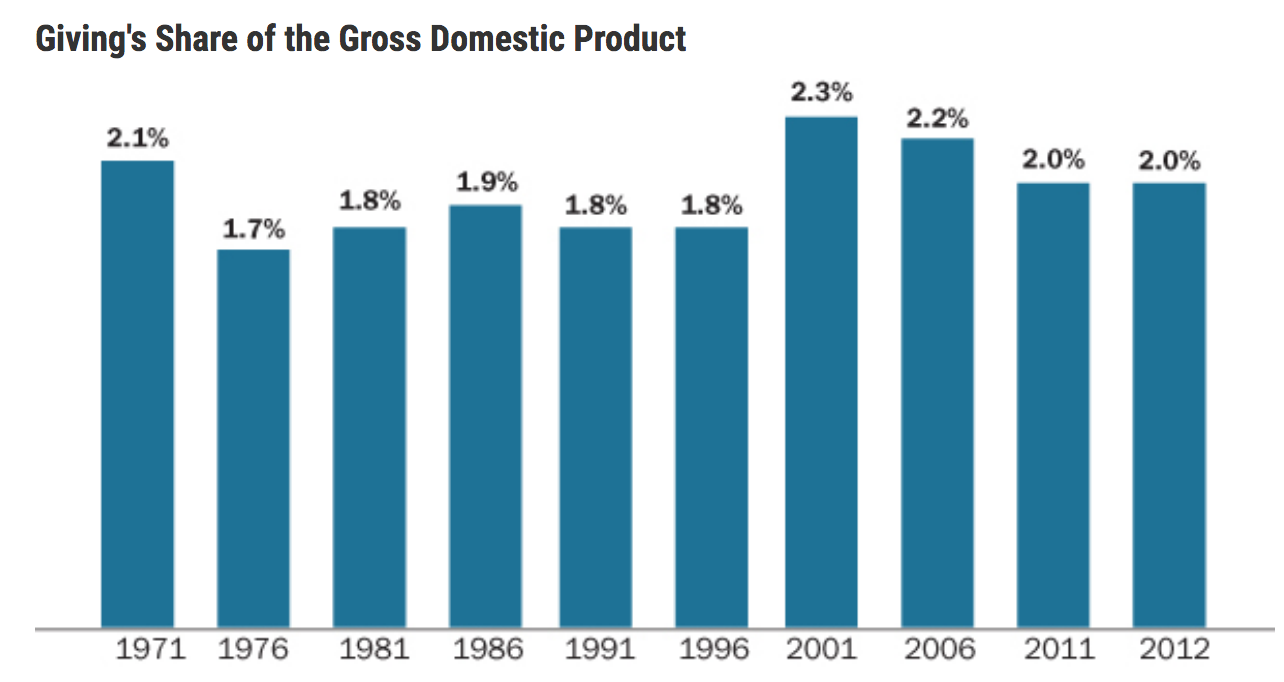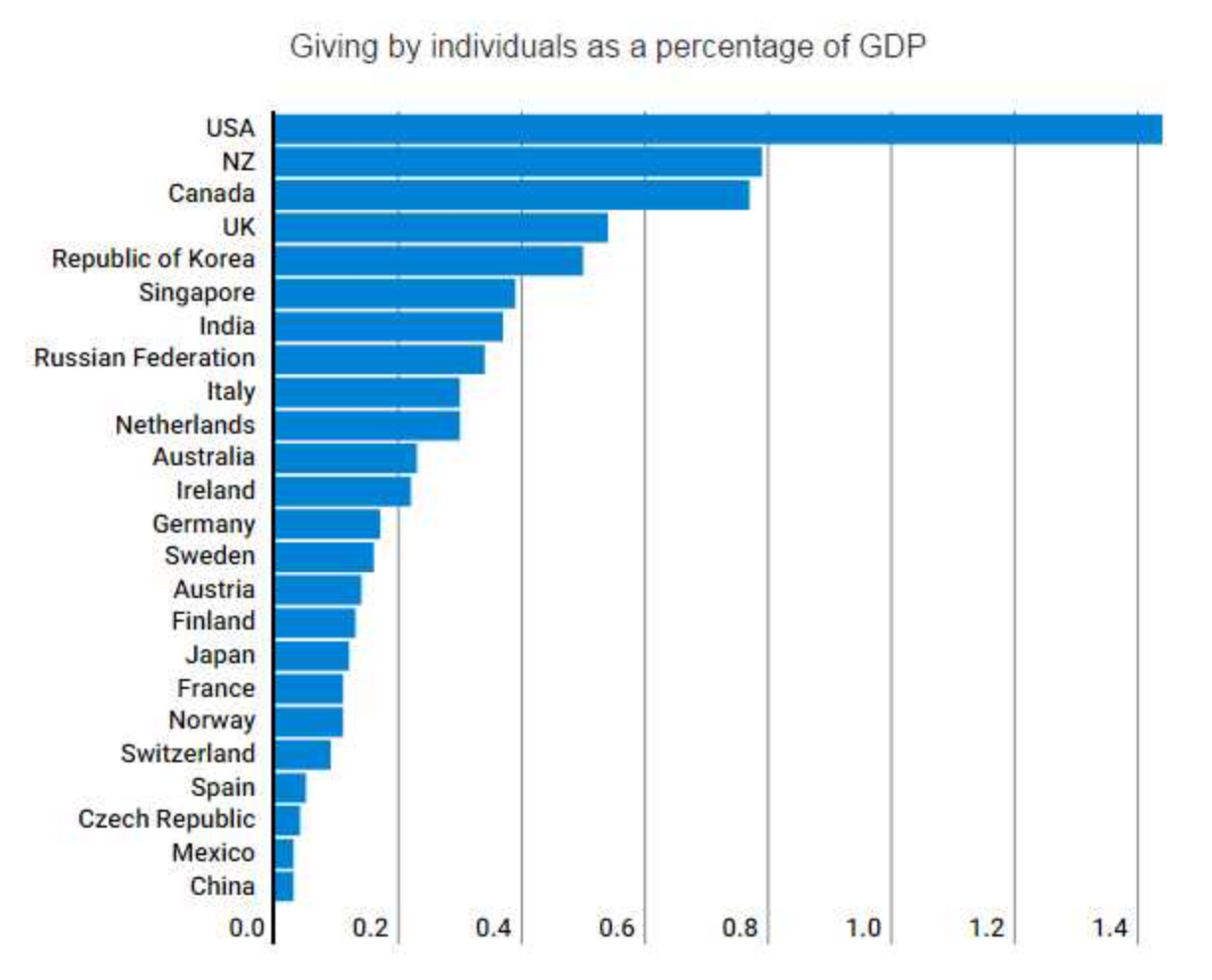All wealth is the product of labor.
non qui parum habet, sed qui plus cupit, pauper est.16
It’s like the more money we come across, the more problems we see.
WEALTH CREATION
Individual wealth is created by people producing in excess of what they consume, that is their savings. It can then be lent to others who produce less than they consume. Or consumption can be delayed. Wealth can be amortized – that is used to produce durable goods that will be “consumed” over many years to come – or invested, that is used on things that allow one to produce more (factories, infrastructure) or better (knowledge, R&D, patents) goods in the future. Thus, saving is a process that requires a transfer mechanism, be it just to transfer what is currently produced, or to gather resources that will not produce for today’s needs but will produce goods, facilities or knowledge for tomorrow.
Over the span of a typical life cycle, individuals start by only consuming. As they grow up, attaining skills and education, they slowly acquire abilities to produce more and better. They eventually enter the workforce and start producing. They then start being rewarded for this contribution with earnings. Earning is the materialization (through a dematerialized means called money) of the recognition that an individual is producing something deemed, rightly or not, useful to society. As an individual gains experience, they become more productive and they start earning more. Eventually, they earn more than they consume and set aside the excess as savings until they reach retirement age. They invest these savings which grow by earning a return. Upon retiring they no longer produce. They compensate the loss of earning by beginning to tap into their savings and its accrued returns. This process is often referred as the life cycle of saving.
Over a typical life cycle, a “normal” individual will consume, then produce and set aside, before finally stopping producing and consuming what has been set aside. There is wealth accumulation but only to provide for one’s own consumption, with no wealth inherited or bequeathed. In that simple model, it is difficult to take issue with wealth, as one only consumes what he or she has produced directly (through his or her work) or indirectly (the return on one’s savings).
Individual wealth17, the accumulation of individual savings, is a relative rather than an absolute measure. It ultimately is a claim on the future production of the economy. This is why typically older people have wealth and younger people do not, as it is a materialization of the fact that the young have yet no such claim while their elders do. In the process the youngest will have to provide for their elders as they retire.
Within an economy, what matters is an individual’s share. Assume that everybody had the same “wealth,” or the same claim on the future production of the economy. This would obviously net out, as it would mean that none would have, in effect, to work for the others at any point more than the others should in exchange. It would be nothing more than an exchange rather than a claim. Thus, wealth measures, in deviation from the average, what one’s share of the economy’s future production will be.
HOLDING WEALTH, USELESS HOARDING VS. ACTIVE INVESTMENT
There are a number of approaches to preserving and growing wealth, some of which are more socially desirable than others. It can be owned directly, through the ownership of goods, be they productive goods (shop, workshop, factory), durable consumable goods (houses) or so-called “hauling goods” (gold, jewels, art), items of high value and small size. Alternatively, wealth can be owned indirectly, through financial instruments like savings accounts, stocks and bonds. The financial sector enables people to save, to have their savings invested, and to get their savings back when they want to consume. Finance allows resources to be effectively distributed to the most productive projects at the most opportune times, maximizing tomorrow’s production.
Some people prefer to hold wealth directly in “real assets” (real estate, art, gold), rather than indirectly through financial instruments. Because the property is in the name of the wealth holder, this avoids the risks that result from the indirect nature of the financial claim on a future income stream or asset (if say, a borrower defaults or your banker is a fraud and disappears with your assets).
Implied in the idea of real assets investing, on top of the currency debasement issue,18 is the issue that there is less risk of contestation or confiscation of property ownership if it is held directly in one’s name, or is physically occupied.
This leads to a couple of important points on what savings and finance should be – and should not be. If an investment is made simply because the asset’s market value is expected to increase and not because the investment is expected to increase future production, it is a speculative investment. For instance, buying land and holding onto it, without putting it to any use, is a speculative investment, and not socially desirable if it is not put to use. Worse, buying an apartment, not renting it, and letting it sit empty until it can be sold at a higher price, is speculative and also drives up the cost of rent for people who want to make productive use of apartments by living in them. It is an anti-social investment.
On the other hand, investing in research (even if it fails), or infrastructure, provides the means for a better, larger, economic production in the future. It is a “bona fide” investment, one which is socially desirable. But when monetary policy is lax, and interest rates low, savers are pushed towards “hoarding” rather than investing. They can buy an apartment, and not rent it out, for the cost of not doing so is relatively low (compared to putting money in the bank and collecting interest). At the extreme, negative interest rates, which have been attempted in a few countries, incentivize the hoarding of cash into goods with no investment purposes whatsoever, but with the sole objective of preserving tomorrow’s consumption.
Having lived in Asia many years, I was introduced to the concept that money and wealth are closely associated with water and the number eight. The concept behind this is that money, and wealth, like water, has to flow and circulate, as the number 8. Stagnating water loses its energy and encourages putrefaction, while flowing water, at the opposite, brings life; so should be money circulating in the economy and wealth in society.
Unfortunately, we are seeing an increase in wealth preservation strategies that are socially undesirable.
A decade of quantitative easing, which has inflated the value of assets one can own directly, has indeed encouraged hoarding, with direct ownership of land, for example, becoming more popular. In the U.S., since 2008, the amount of land owned by the 100 largest private landowners grew from 28 million acres to 40 million acres The Land Report.
And it is becoming common, as I will discuss further in the next chapter, for wealthy people from around the world to buy real estate in developed world cities as a safe harbour investment and let it sit unoccupied, driving up rents for the actual residents of these cities.
At the same time, despite this new found passion for “real assets,” infrastructure across the developed world is deteriorating as governments reduce the investment into and even the maintenance of public infrastructure. It is estimated that the returns from private sector R&D have decreased by two-thirds over the past 30 years, possibly reflecting an increasingly oligopolistic corporate structure focused on erecting barriers to entry rather than disrupting with true innovation Harvard Business Review.
WEALTH CONCENTRATION AND INHERITANCE
The other growing problem with wealth is its increasing concentration in the hands of a few. There are a number of forces abetting this process across the developed world.
One of the most influential books on macroeconomics in recent years, “Capital in the 21st Century” by the French economist Thomas Piketty, identifies one. Piketty argues that developed countries have reached a point where the return on capital reliably exceeds the GDP growth rate, and that this favors a continued concentration of wealth Piketty.
As capital accounts for a growing share of income, income from labor has stagnated and incompressible costs have risen, rendering middle class households in particular unable to save and improve their relative economic status.
Demographic trends are also at play. Wealth concentration will worsen if wealthy people have fewer than two children and if they marry each other. As it turns out, they are increasingly doing both of these things.
The link between demographics and wealth has been particularly well documented in the case of the introduction of the civil code by Napoleon. The civil code put all children on an equal footing for a large part of the inheritance, while previously the eldest one received the lion’s share. This reform contributed to a dramatic decrease in the number of children as families tried to preserve the family wealth by reducing the number of portions it had to be divided into Clement.
Ever since, wherever this legal principle has been implemented, there has been a steep decrease in birthrate, which has only worsened with the introduction of contraception. But the decrease of birthrate has not been uniform. While traditionally the wealthiest and most successful among us had more surviving children, this has now changed. Everybody has fewer children, but the poorest have substantially more than the wealthiest. The average number of children per woman is less than two in the Western world,19 and a typical wealthy family will have just one child.
Rather than wealth dissipating over generations as it is spread over many heirs, it is in fact concentrating as large inheritances commonly go to just one or two heirs. Again, this is a relatively recent phenomenon. In previous centuries, the number of surviving children was markedly higher for higher income families, leading to a natural, if not redistribution, at least “dilution” of wealth.
This trend is exacerbated by the relatively stronger tendency of wealthy people to marry each other Pew Research Center and in particular by educated women’s preference to marry higher earning husbands IFS Studies.
One natural instrument for society to avoid concentration of wealth across generations is the much-maligned estate tax. Because the wealth in estates has already been taxed at least once – when it accrued to its original owner as income – it can well be argued that the state should no longer have a right to tax it (the “death tax” argument). On the other hand, the inheritors have themselves not produced anything for society, yet they inherit a claim on society’s resources and future production. This is inherently something they have not worked for, thus could be argued do not deserve. It can be seen as unjust to others who do not inherit.
Yet, the extra production leading to this was done previously by the bequestor, and leaving it to the inheritors is a form of consumption the bequestor chose, to guarantee for instance a decent living to his descendants. Indeed, if the bequestor knew his wealth would not be transferred to his chosen heirs, he might not have bothered to produce the wealth at all, depriving society of valuable economic activity.
Having weighed these considerations, all Western countries have established an estate tax that increases with the amount of wealth bequeathed. But the taxes are proving ineffectual and inadequate. The amount collected by governments from these estate taxes as a percentage of the economy, despite the higher concentration of wealth, has been structurally decreasing over the years. This is the result of clever financial engineering, often facilitated by obscure rule changes by government. These range from allowing far more untaxed gifts until the day of death (when before the gift had to be given several years before death to escape taxation) in Belgium, to a suspension of the “death tax” in the U.S.
This has led to some blatantly absurd situations. According to a report by The Times,20 one of Britain’s richest persons, the seventh Duke of Westminster, whose fortune comprised 300 acres of real estate holdings in the center of London in Mayfair and Belgravia, inherited more than $10 billion through family trusts. That would have resulted in no or little estate tax being paid on one of the country’s largest and most visible inheritances. These high-profile cases are not limited to inheriting21 and are perfectly legal, enabled and vouched for by clever lawyers and accountants. But they illustrate all too well how well-connected rent extractors at the highest levels are able to openly benefit from loopholes deliberately ignored by the state, fundamentally compromising the perception of fairness and cohesiveness of society.
This systematic bypassing of the estate tax is occurring at a time when, we are about to witness the greatest transfer of wealth in history, with over $2 trillion to be bequeathed by less than 500 billionaires alone over the next 20 years, an amount equivalent to Brazil’s 2017 GDP PWC.
In this somewhat depressing context of socially irresponsible behavior by some of the very wealthiest inheriting vast fortunes, the Buffet and Gates Giving Pledge initiatives, to encourage billionaires to give a majority of their wealth back to society is particularly heartening and encouraging. In the best Rockefeller or Carnegie tradition, they commit, through donations during their lifetimes or upon their death, to fund foundations that benefit society as a whole. Similarly, Michael Bloomberg’s initiative to make a multibillion donation to fund the education of low- and middle-income students at his alma mater directly addresses the source of populist discontent. Not only does it go against the wealth concentration trend, it ensures that a proper long-term use of these estates can be achieved in a way that government spending may well not be able to ever. These high achievers will have given twice: Not only are they parting with part of their fortune to further the general interest, but they make sure through their planning, time, and skill that it is well allocated to good causes.
An interesting element here is the contrast of some of the wealthiest persons in the U.S. (with one out of four billionaires subscribing to the giving pledge) to other countries, in particular in Europe. This difference in attitude impacts social mobility at the highest level of society. Europe is the world leader in inherited wealth. Over half of its billionaires are multi-generation, that is have inherited their wealth rather than created it through some commercial, industrial, or scientific activity. In the U.S., the number is closer to a quarter Peterson Institute for International Economics.
In countries where enlightened philanthropy by the wealthiest is a rarity, the estate tax system has to be fundamentally revamped to change this mechanical concentration of wealth and its societal disruption. An estate tax hike and stricter application of gift and inheritance laws, particularly for large, visible “real” holdings, has to be reinstated. An interesting twist could be to have the estate tax level be a variation of the number of inheritors. One could for instance easily envisage a system where the estate tax would be, for instance, 50% for one child inheriting, 25% for two children, and 10% for three children. That would provide a healthy incentive for the most fortunate among us to have large families. I will return to other proposals for alleviating these trends at the end of the book.
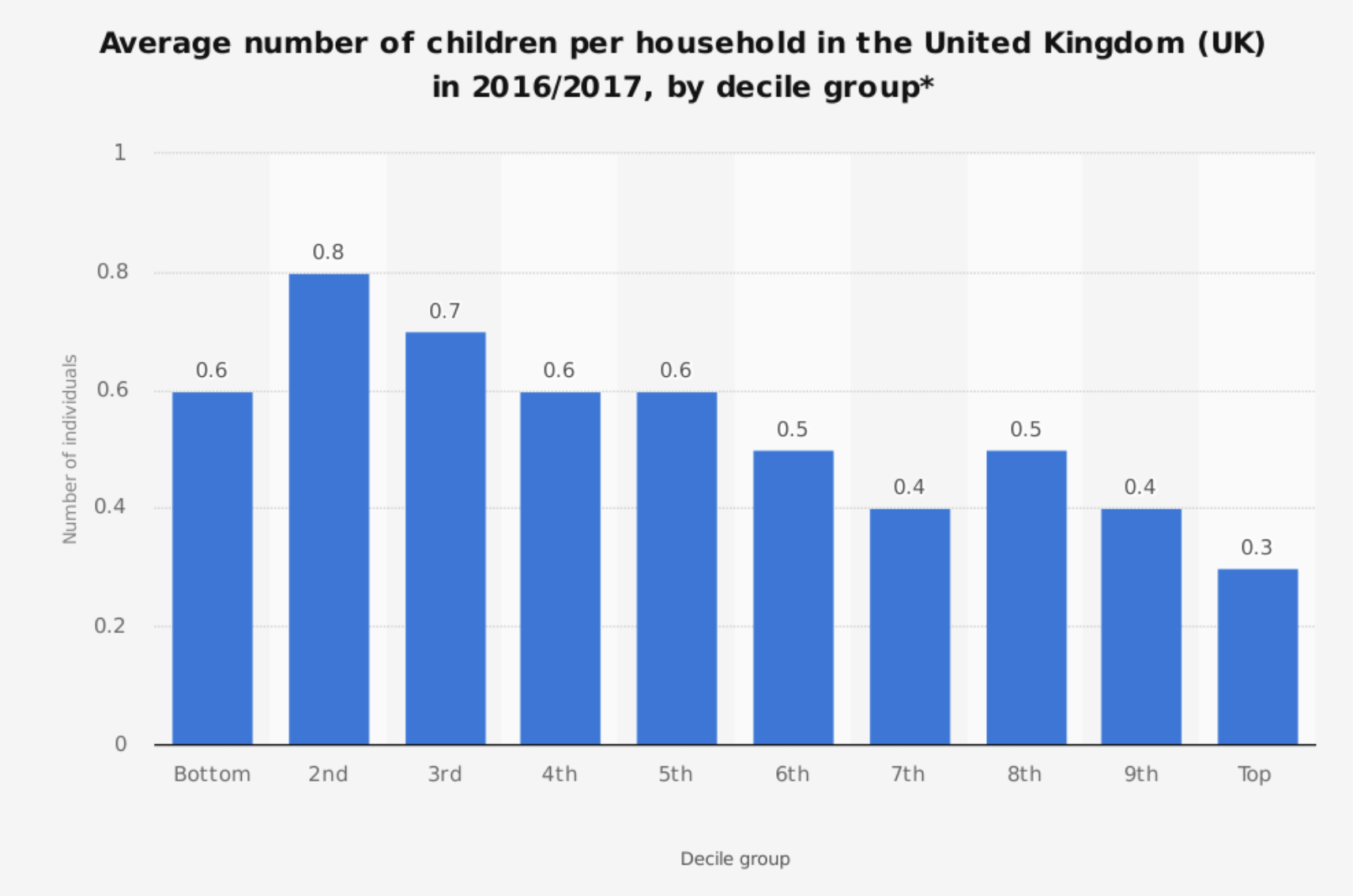
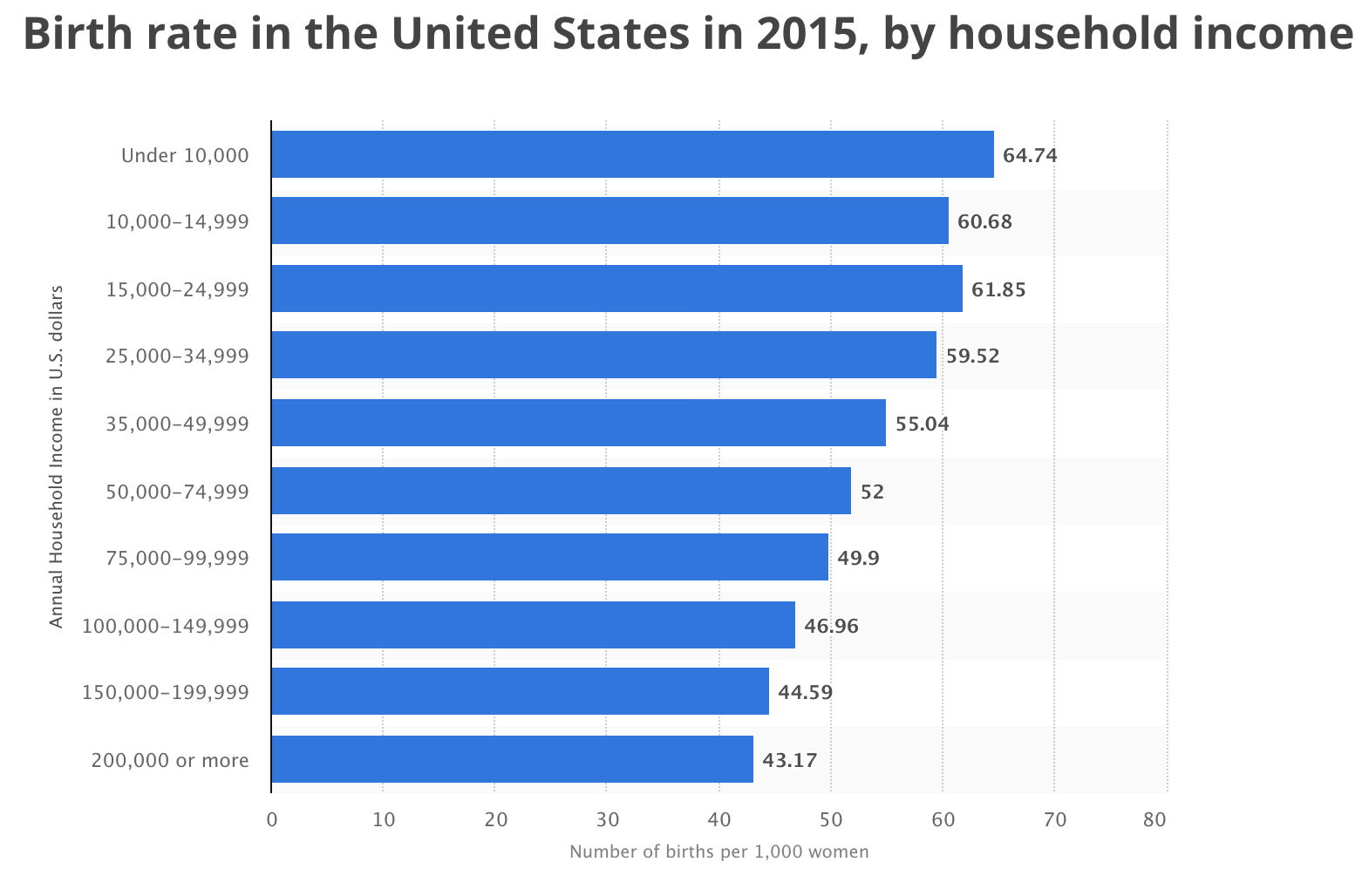
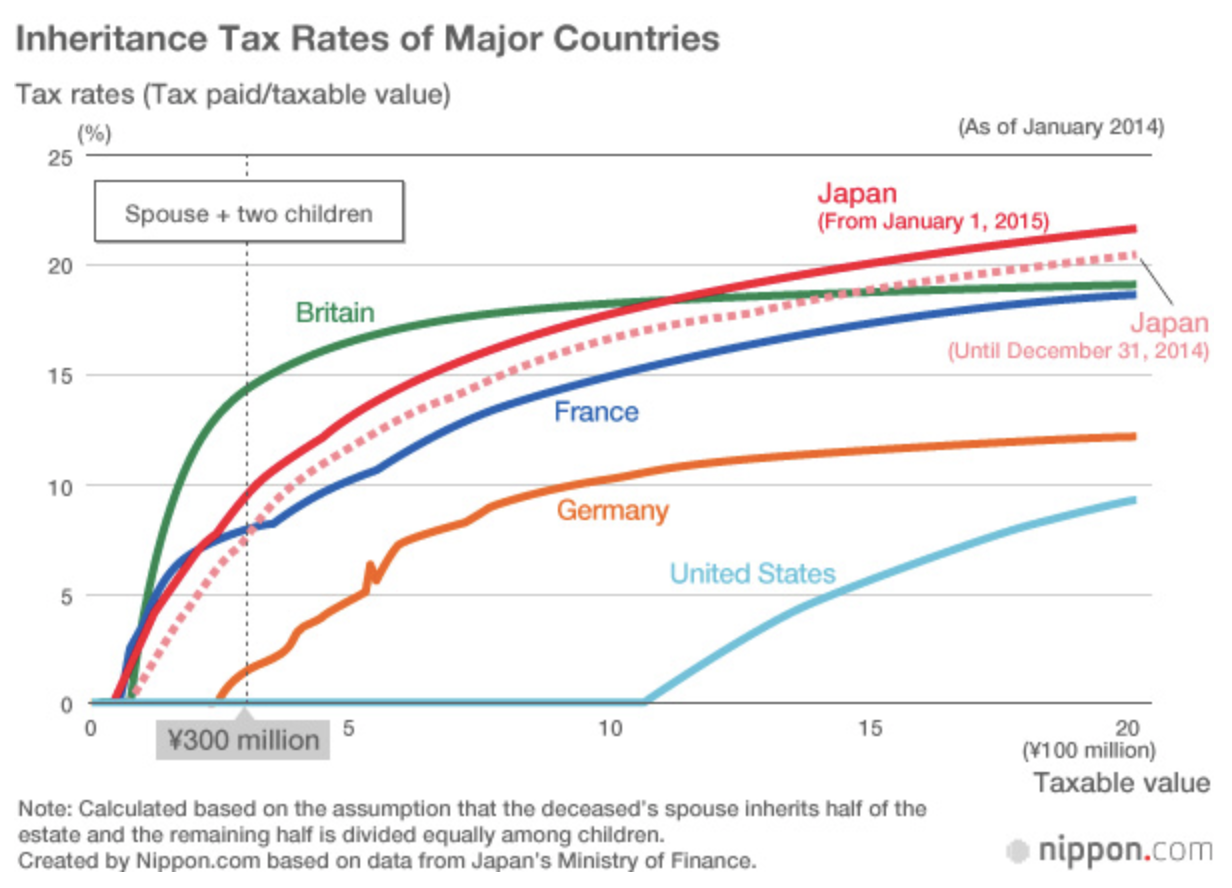
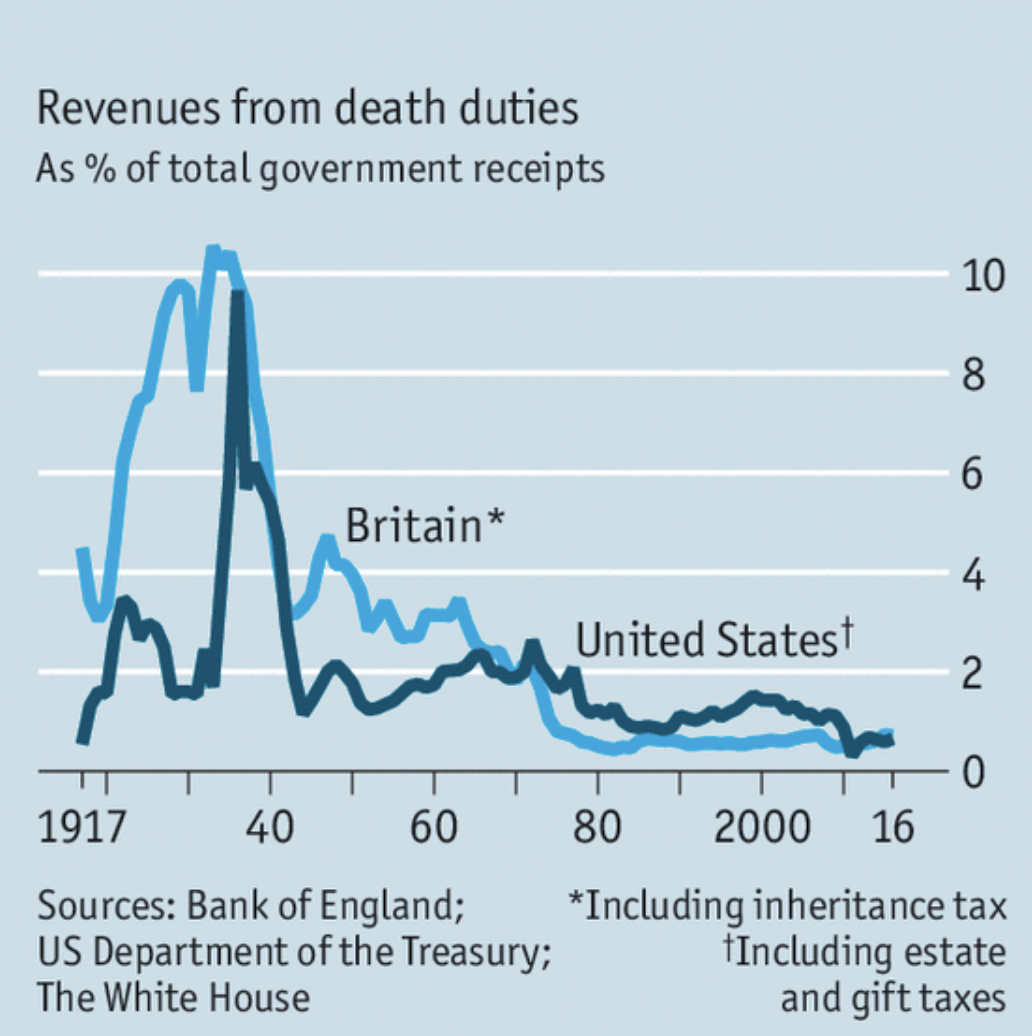
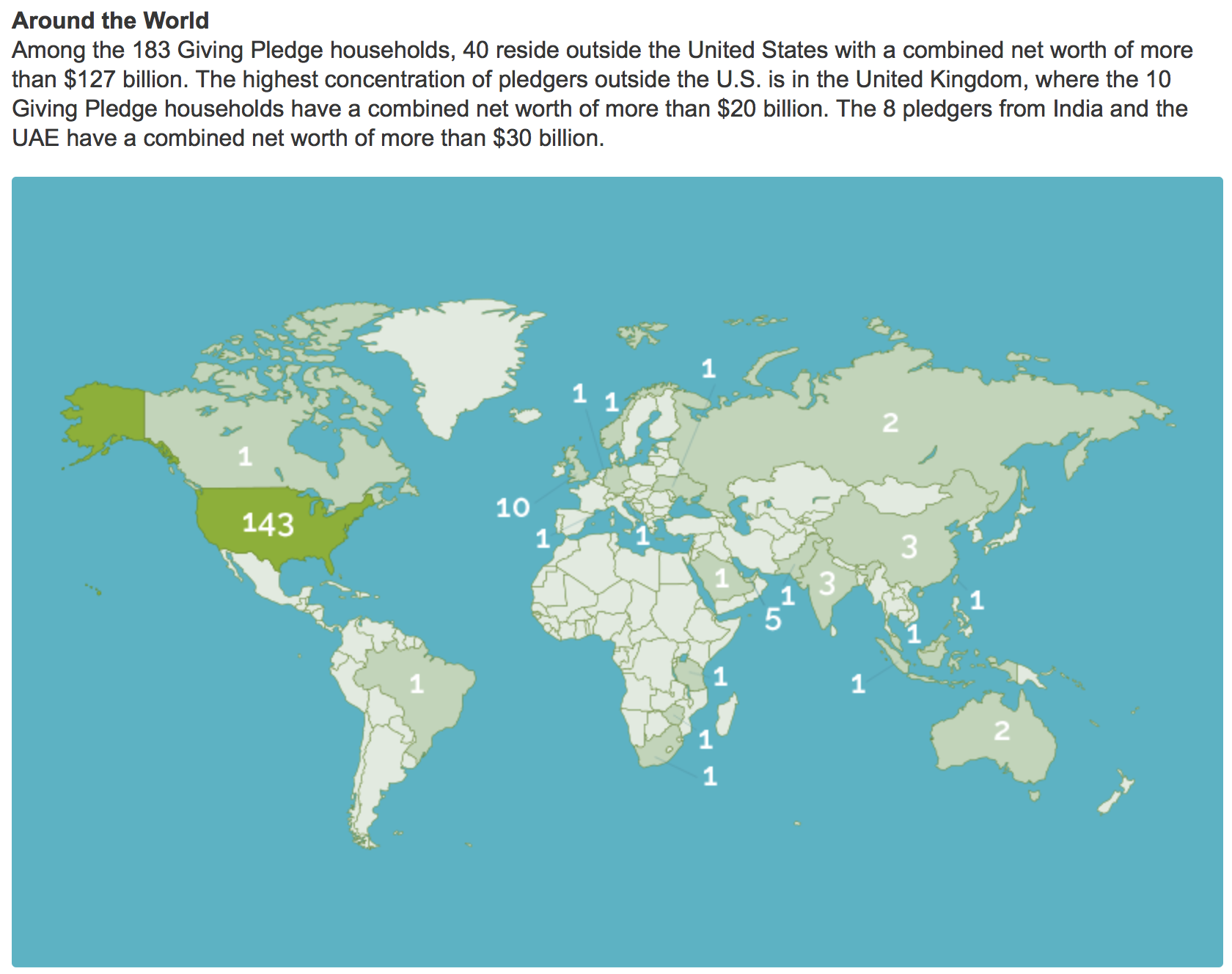
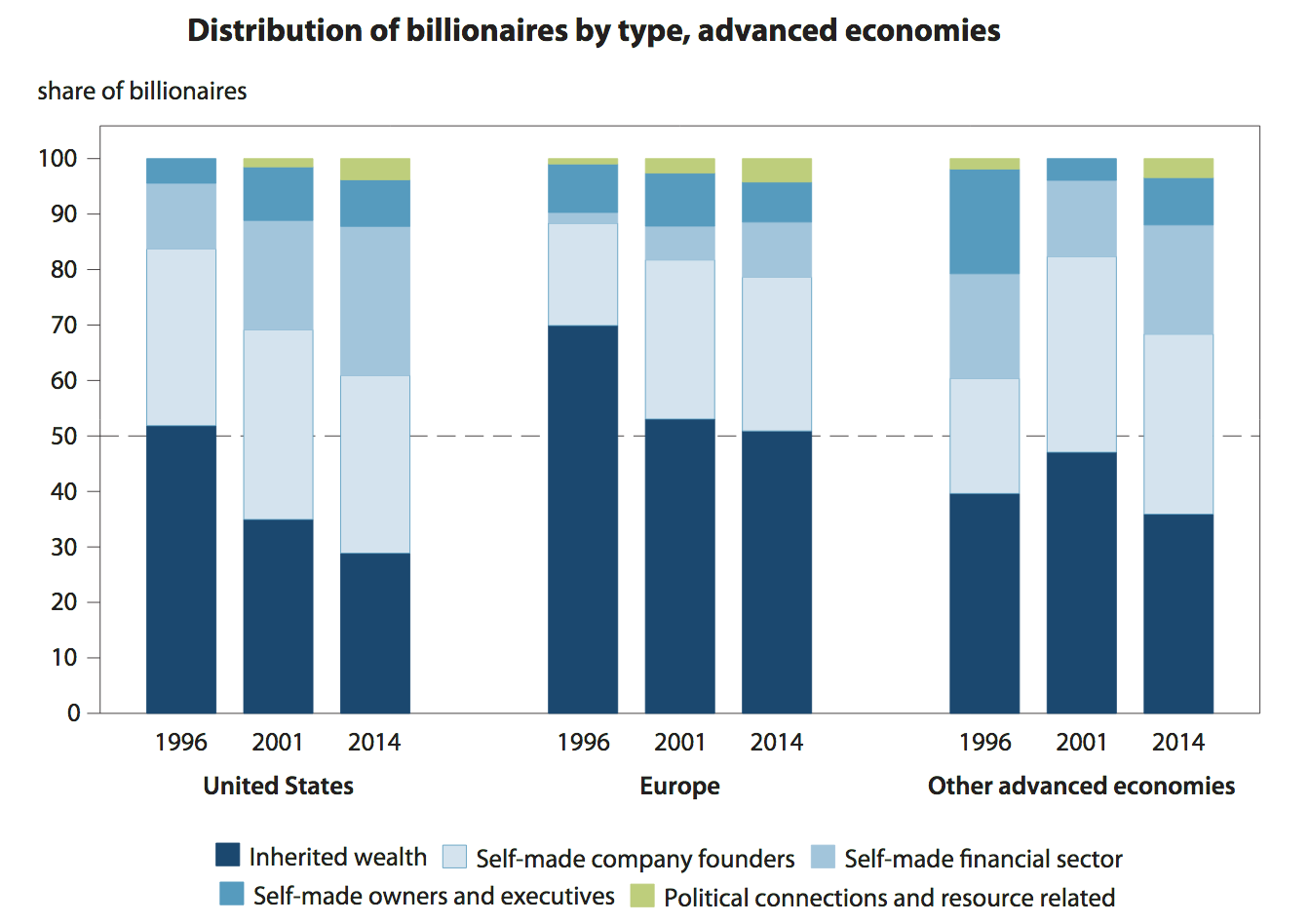
WEALTH’S LEGITIMACY CRISIS
In summary, we are faced with three troubling trends. Wealth is increasingly being spent and invested in ways that are not socially desirable. Wealth is increasingly concentrated in fewer hands. And the fortunate few are increasingly attaining their wealth by inheritance, rather than by work or investment.
My family worked in the Belgian Congo in the ’50s and ’60s. It genuinely thought, and indeed most probably did, help develop the country. It worked hard and generated some savings that it invested in a magnificent local property in Kinshasa. But somewhere in the process, along with all the other colonists, it lost track of the fact that the wealth generated was not sufficiently shared, that it may have been partly the product of their hard work but also of the country and its population at large, that a new local elite was not progressively trained and handed power to as it should have been. Popular resentment among the local population understandably grew in face of the lack of progress and the concentration of wealth in the hands of a privileged caste with little desire for change*. When this beautiful country finally became independent, it was ill-prepared, and events took a drastic turn. My family’s property was nationalized and their life savings lost. Along with so many other formerly privileged, they returned to Europe with nothing to show for their years of toil, unable to comprehend what had gone so badly wrong. History is full of similar short-sighted ruling classes that failed to understand the social contract that guaranteed their property. * Historical economic statistics are tricky to compare, but consider that in the French colonies, the top 1% of income earners in the 1950s would have represented about 20% of all income, similar to the U.S. in 2015. During the French Revolution the top 10% earners would have been capturing about 50% of all income. In 2015, this number was at or above 50% pre-tax income in the U.S. (compared to about 35% in the ’60s and ’70s). (Alvaredo et al.)
But wealth ought to be allocated primarily as a reward for valuable contributions to society. In the Austrian economist Joseph Schumpeter’s words, it is a collective reward to entrepreneurial individuals who “reform or revolutionize the pattern of production by exploiting an invention or, more generally, an untried technological possibility for producing a new commodity or producing an old one in a new way, by opening up a new source of supply of materials or a new outlet for products, by reorganizing an industry and so on.” When wealth is allocated this way, it should, by all means, be applauded as a sign of a positive contribution to all. Schumpeter
When it is not allocated this way, and people figure it out, there are negative consequences for social and political stability.
Wealth is a social contract, where the society collectively recognizes it as a future claim on the fruits of production. The very notion of property is also a social contract, in which society recognizes an asset belongs to one of its members. If other people cease to recognize that an asset belongs to one of society’s members, then it de facto ceases to belong to that person (unless they can hide the wealth or fight off the rest of society, a difficult proposition for, say, anyone with a second home). The more wealth and property become concentrated into the hands of a few with no broadly accepted reason for this state of affairs, the higher the risk becomes that society ceases to recognize ownership rights.22
There is one particularly effective tool for combatting this. Even if wealth is perceived to be distributed somewhat arbitrarily, philanthropic activity, particularly high-profile philanthropy, can serve as an important alternative way to legitimize it. Philanthropy provides an opportunity to prove that whatever its source, the use of wealth, or a sufficient part of it, is for the benefit of society at large. Indeed, there is a strong correlation between philanthropic giving as a percentage of GDP and the social acceptance of wealth and property concentration. This can be seen as “social legitimacy” capital investment.
But here again, the Giving Pledge aside, the trend in recent decades points to trouble. Since the end of the ’70s, the percentage of GDP allocated to philanthropy has remained relatively constant in the Western world, reaching at most about 2% of GDP in the U.S., even as wealth concentration has dramatically increased. In other words, the contribution of the wealthiest to legitimizing their social claim to wealth via philanthropy has remained stagnant while their relative wealth has been growing Philanthropy.
If the wealthy want to stay that way, they must recognize the need to protect the social consensus that their wealth is legitimate. To do that, they will need to understand and address the crushing macroeconomic processes that are grinding down the stricken majorities in the societies that support them.
